Moroccan Street Foods Worth Recreating in Your Kitchen
11 min read Discover iconic Moroccan street foods you can recreate at home, bringing authentic flavors and vibrant culture into your kitchen. August 05, 2025 21:05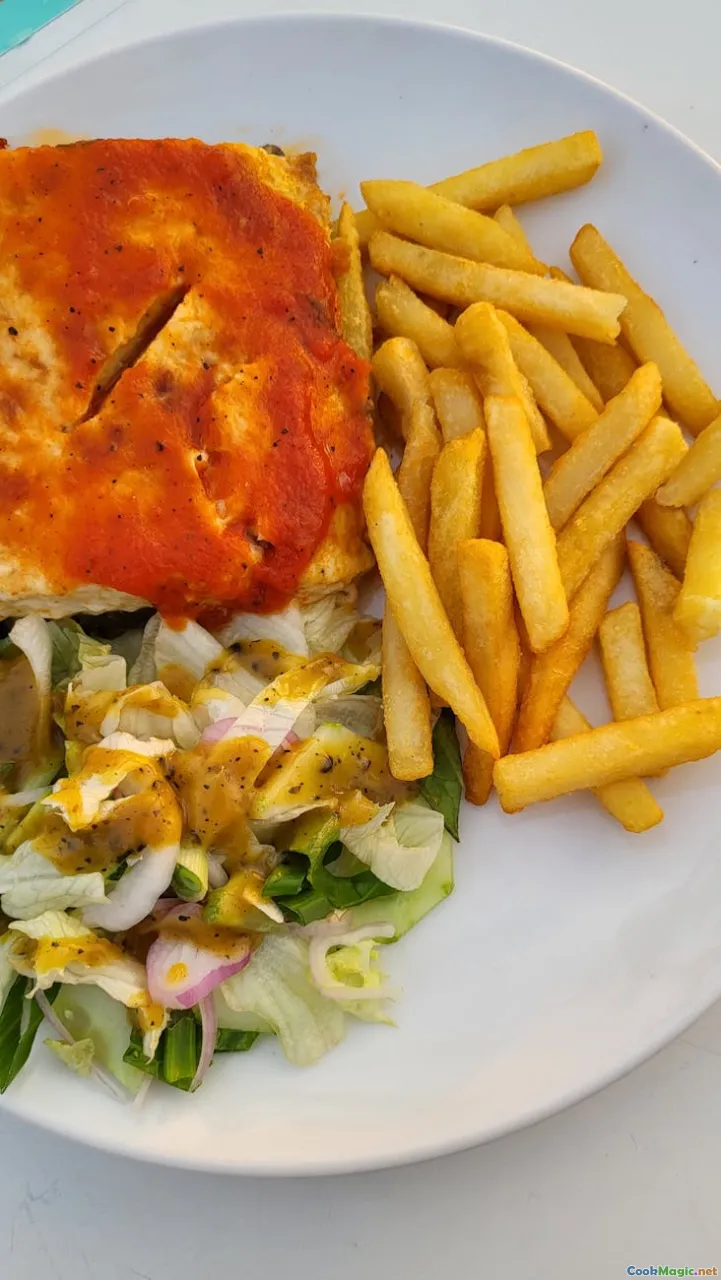
Moroccan Street Foods Worth Recreating in Your Kitchen
There’s an undeniable magic to wandering through the bustling streets of Morocco—local vendors shouting their specials, the smell of spices infusing the air, and vibrant stalls bursting with colors and life. These street foods are not only culinary treasures but also woven deeply into the cultural fabric of Moroccan life. While journeying to Morocco can be a captivating adventure, bringing these flavors into your own kitchen allows you to experience an intimate taste of Moroccan heritage from afar.
In this article, we’ll explore some of the most iconic Moroccan street foods—delighting your senses, inspiring your cooking, and helping you create authentic dishes that transport you straight to the heart of Morocco.
The Allure of Moroccan Street Food
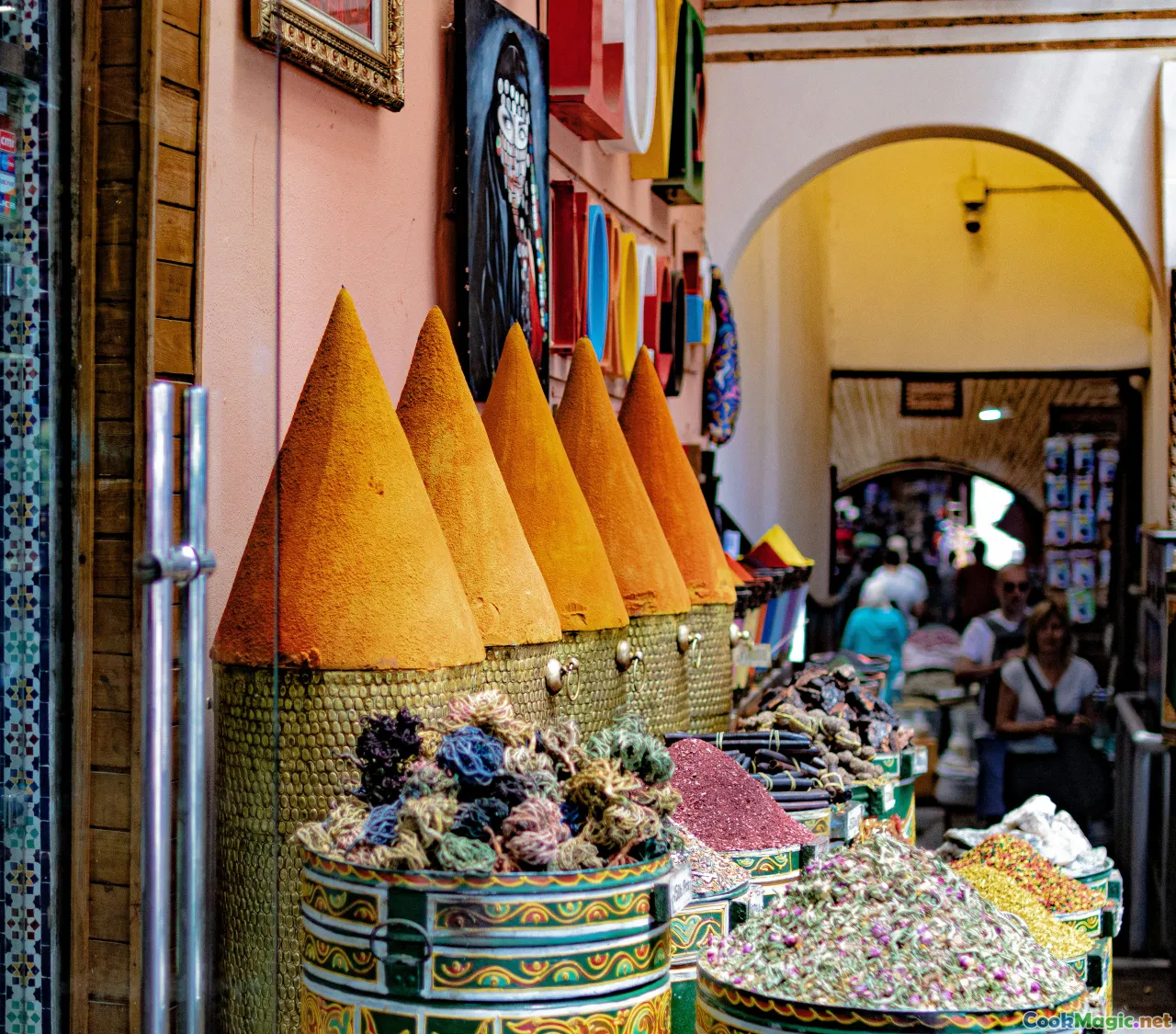
Moroccan street foods are more than quick bites—they are expressions of tradition, community, and artistry. These dishes originate from ancient trade routes, desert markets, and Sufi medinas, each carrying stories passed down through generations.
As you explore the flavors of Morocco, you’ll discover an astonishing array of textures and tastes: the crispy depth of a sfenj (Moroccan doughnut), the fragrant steam of harira soup, the smoky sweetness of baba ganoush, and the peppery punch of kefta skewers.
Understanding these foods’ cultural roots enriches your cooking experience. They’re often served in the lively ambiance of a Marrakech market, with the scent of fried herbs, the clang of tagines, and the calls of vendors creating an intoxicating symphony.
Recreating Street Food Classics at Home

The beauty of Moroccan street foods lies in their accessibility and their bold flavors. While capturing their authenticity may seem daunting, many of these dishes are surprisingly approachable for home cooks. Here, we'll delve into a handful of iconic street foods and share tips on how to recreate their magic in your kitchen.
1. Sfenj: Moorish Doughnuts with a Crispy Heart
**What it is:**Sfenj are fluffy, airy doughnuts crisped to golden perfection. Their chewy, slightly stretchy interior contrasts beautifully with their baked-to-crisp exterior.How to make it:
- Mix warm water, flour, a pinch of salt, sugar, and a sprinkle of yeast.
- Allow the dough to ferment for about 1-2 hours until bubbly.
- Heat a generous amount of vegetable oil in a deep pan.
- Shape strips or rings of dough, then carefully fry until dark golden brown.
- Drain on paper towels and dust with powdered sugar or serve plain.
Pro tip: Serve with a side of warm honey or a dash of orange blossom syrup for an authentic touch.

2. Tagine: Slow-Cooked Spiced Stews
**What it is:**The tagine is both the earthenware pot and the hearty dish it produces—slow-cooked meat, vegetables, and aromatic spices simmered until meltingly tender.How to make it:
- Sear chunks of lamb, chicken, or beef with caramelized onions, garlic, and spices like cinnamon, ginger, cumin, and saffron.
- Add preserved lemons and green olives for brightness.
- Cover and simmer on low heat for 1.5 to 2 hours, allowing the flavors to meld.
- Serve directly from the pot with warm crusty bread or couscous.
Pro tip: Use traditional berber spices or create your own blend with a mixture of cumin, coriander, paprika, and turmeric.

3. Kefta Skewers: Grilled Spiced Meatballs
**What they are:**Juicy, fragrant ground meat——either beef or lamb——mixed with herbs and spices, molded onto skewers, and grilled to perfection.How to make it:
- Combine ground meat with chopped parsley, cilantro, minced onion, cumin, paprika, and a pinch of cayenne.
- Form into small oval or round shapes and thread onto skewers.
- Grill over medium-high heat until charred and cooked through.
- Serve with tangytzatziki-style sauce or a simple tomato salad.Pro tip: Rest the skewers for 10 minutes before serving to allow flavors to settle.

4. Mhamsa: Spicy Tomato and Chickpea Stew
**What it is:**A hearty, cumin-seasoned stew simmered with chickpeas, tomatoes, and a hint of harissa.How to make it:
- Sauté garlic and onion in olive oil.
- Add diced tomatoes, chickpeas, and harissa or red pepper paste.
- Season with cumin, paprika, and a pinch of cinnamon.
- Simmer for about 30 minutes to allow flavors to deepen.
- Garnish with chopped parsley and chopped preserved lemons.
Pro tip: Serve over fluffy couscous or with warm flatbread.
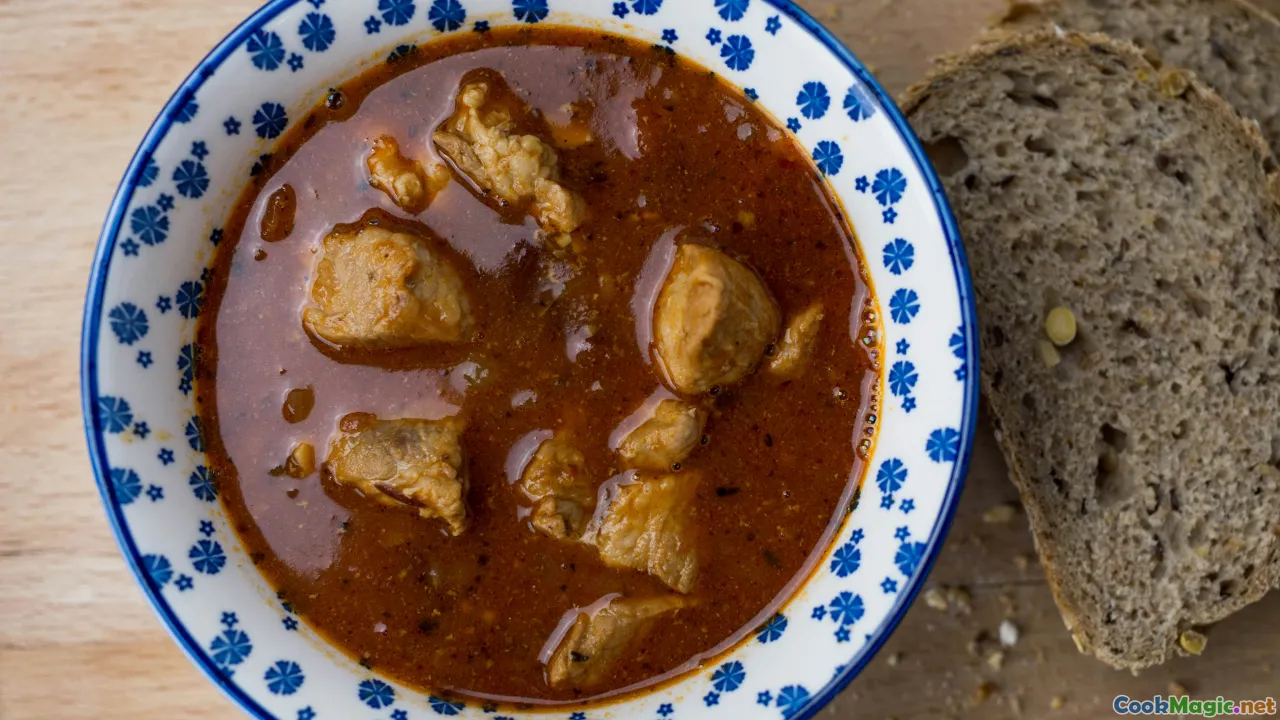
The Heart of Moroccan Flavors: Spices and Condiments
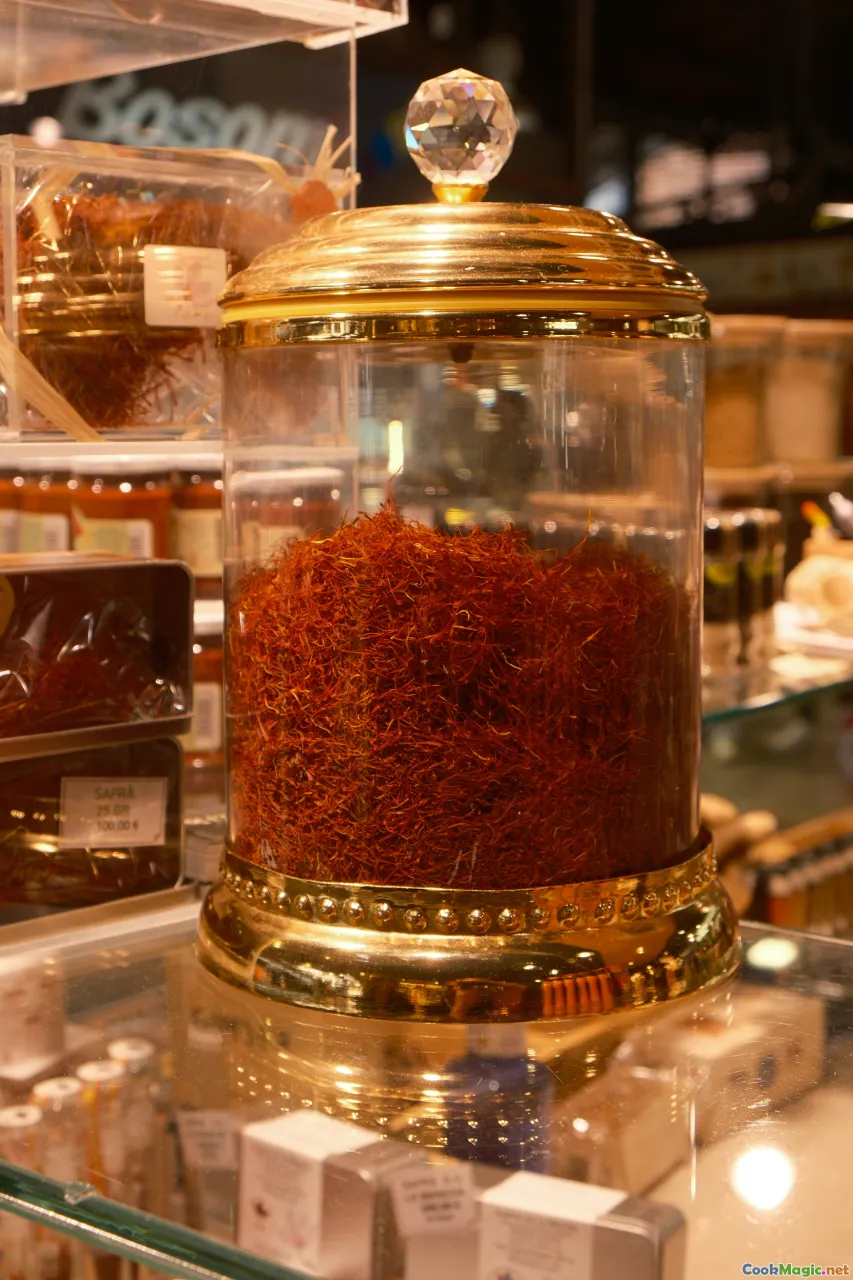
A trip through Morocco’s street food offers a fragrant spice journey. Bold, layered flavors are created through ingredients like saffron, cinnamon, cumin, coriander, and turkish red pepper.
Preserved lemons and green olives add brightness, while harissa—a fiery chile paste—infuses dishes with smoky heat. Familiarizing yourself with these condiments, or learning how to make your own, opens up endless flavor opportunities.
Experiment by blending your own spice mixes, or pick up authentic Moroccan products at specialty markets. These additions will instantly elevate simple dishes into vibrant representations of Moroccan street fare.
From Marrakesh to Your Table: Personal Stories & Tips
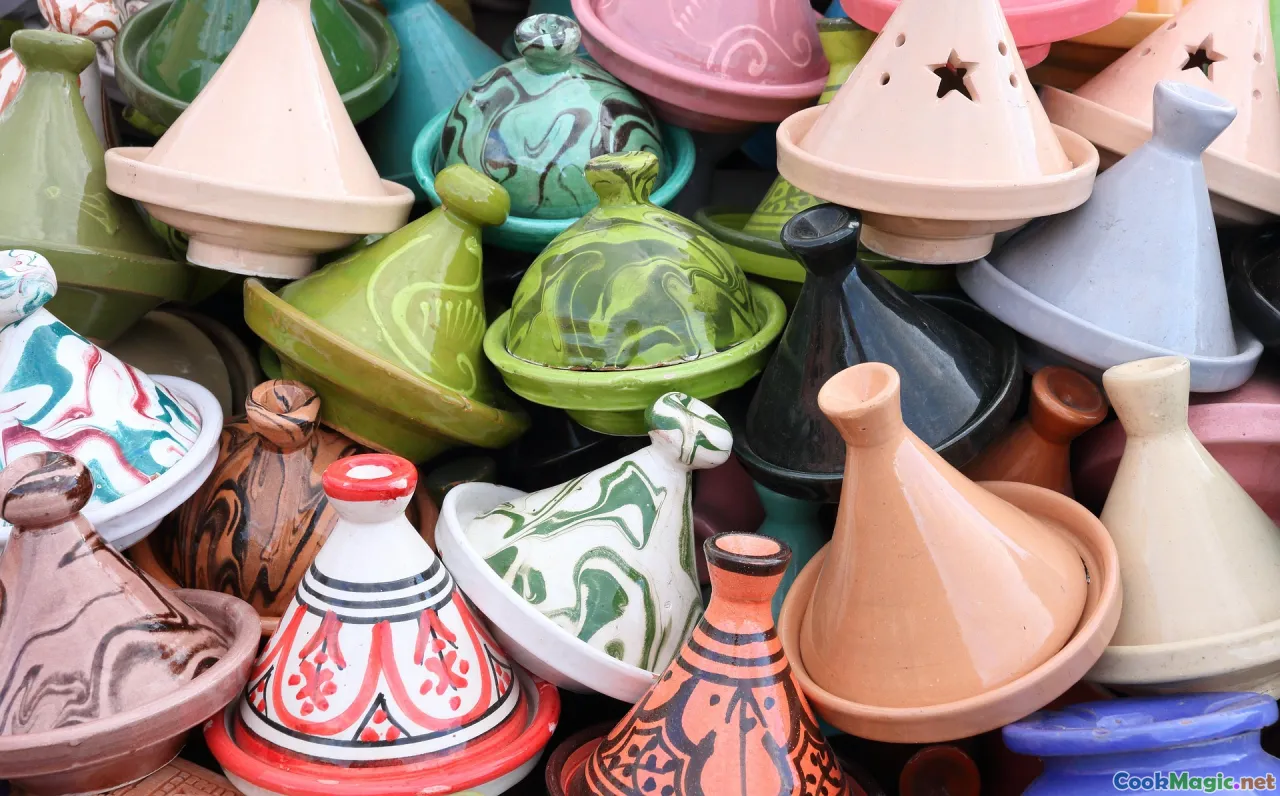
Cooking Moroccan street foods at home allows for culinary adventure and cultural connection. I recall my first time making sfenj—the kitchen was filled with the warm, yeasty aroma, and children’s laughter spilled from my backyard, reminiscent of bustling city streets in Marrakech.
Here are some personal insights:
- Patience in preparation: Slow simmering, for example in the tagine, rewards you with deeply layered flavors.
- Play with authenticity: While traditional recipes are ideal, don’t hesitate to adjust spices to your palate.
- Gather authentic ingredients: Seek out preserved lemons, harissa, saffron, and high-quality olive oil for the most genuine flavors.
Cooking your own Moroccan street foods is more than just assembling ingredients—it’s an immersive cultural experience.
Elevate Your Home Cooking with Moroccan Inspiration
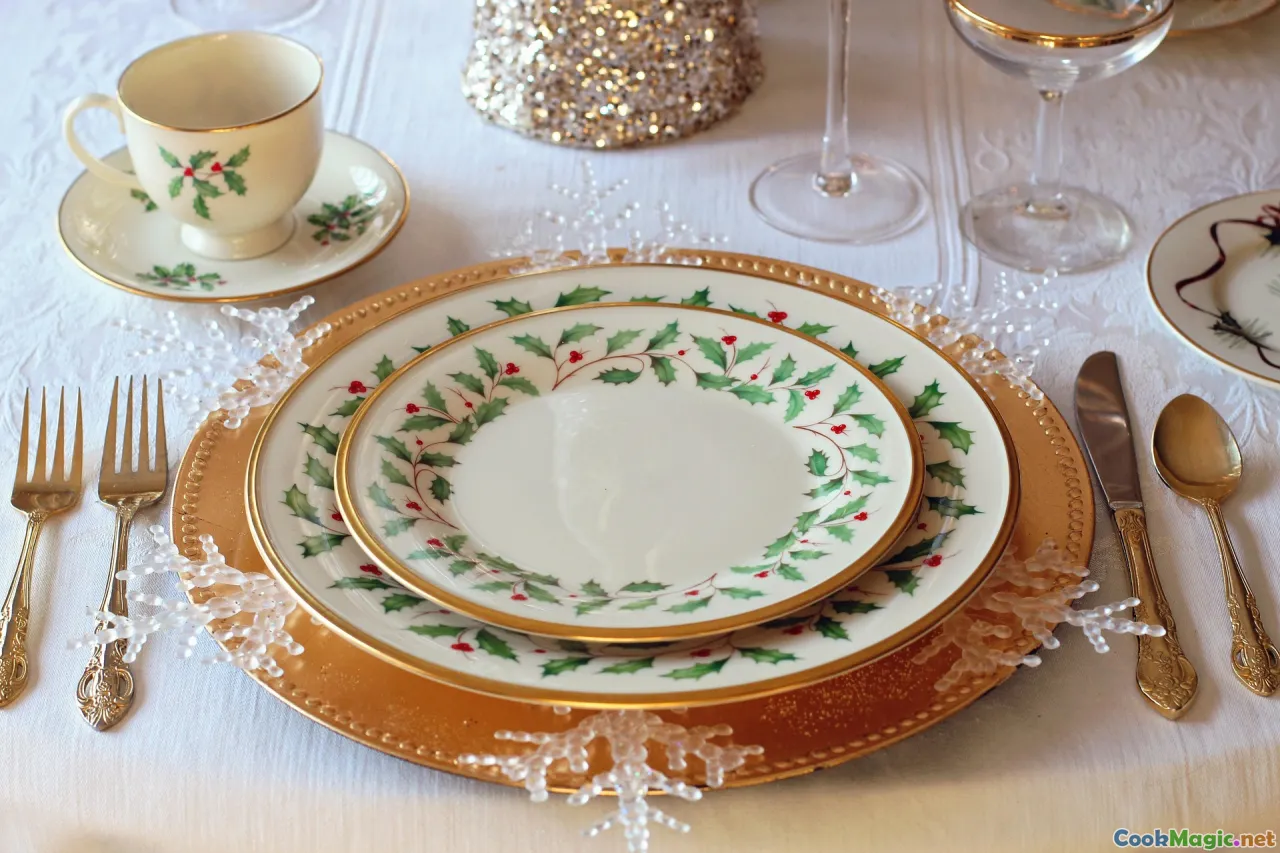
My invitation to you is to embrace the vibrant spirit of Moroccan street cuisine. Experiment with dishes like sfenj, tagine, or kefta skewers, and let the intoxicating aromas fill your home.
Whether it’s a weekend project or a spontaneous dinner, recreating these dishes presents a delicious way to explore history, joy, and community through food. Remember, the essence of Moroccan street fare isn’t just in the ingredients but also in the stories, memories, and cultural soul you infuse into every bite.
So, gather your spices, ready your pan, and embark on a flavorful journey—Morocco awaits from the comfort of your own kitchen.









